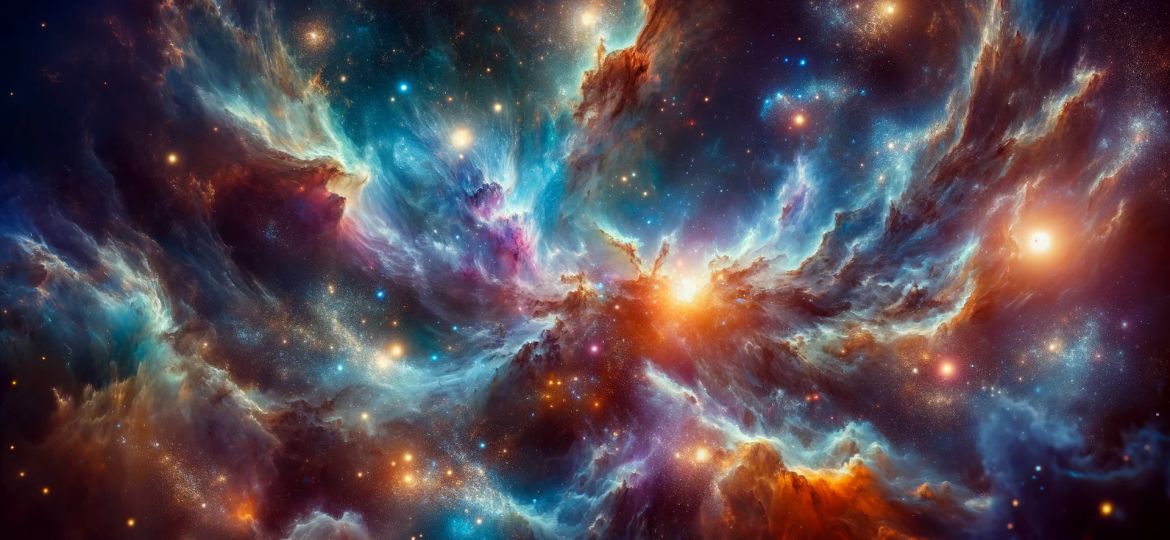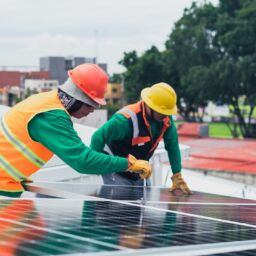
The year 2023 marked an unprecedented surge in the global pursuit of clean, renewable energy, catalyzed by a collective realization of the urgent need to decarbonize our energy systems. According to the International Energy Agency’s (IEA) Renewables 2023 report, the world witnessed a 50% increase in the addition of renewable capacity to energy systems compared to the previous year. This monumental growth, predominantly driven by solar photovoltaic (PV) technology, encapsulates the burgeoning momentum towards a sustainable energy future. Yet, as the IEA and discussions at COP28 highlighted, the journey to tripling renewable energy capacity by 2030 is fraught with multifaceted challenges, particularly financing and equitable distribution across the globe.
In 2023, an additional 507 gigawatts (GW) of renewable electricity capacity was added globally, with solar PV accounting for three-quarters of these additions. Nations like China, the United States, Europe, and Brazil led this expansion, breaking previous records in renewable energy capacity. The IEA’s projections for the next five years suggest an exponential growth trajectory for solar PV and wind power installations, expected to more than double compared to 2022 levels, reaching almost 710GW. These developments underscore a global acknowledgment of renewable energy not only as a pivotal component of climate action but also as a cornerstone for future economic and industrial strategies.
While the ambition to triple renewable energy capacity by 2030 sets a clear direction for global energy policy, it also underscores the pressing need to address the uneven distribution of clean energy resources. The IEA’s report and insights from COP28 climate talks in the United Arab Emirates emphasize the significant gap in financing for renewable projects, particularly in emerging and developing economies. This disparity threatens to widen the divide between nations in their transition to a new energy economy, highlighting the necessity for an international concerted effort to mobilize resources and knowledge transfer to ensure a just and equitable energy transition.
Amidst the evolving landscape of renewable energy technologies, the Neutrino Energy Group emerges as a vanguard of innovation, offering a groundbreaking solution to the perennial challenges of energy generation—neutrinovoltaic technology. This technology transcends traditional renewable energy sources’ limitations by harnessing the kinetic energy of neutrinos, subatomic particles that bombard the Earth continuously, day and night, unaffected by weather conditions or geographical location.
Neutrinovoltaic technology leverages the unique properties of graphene and doped silicon to harness the kinetic energy of neutrinos and other non-visible forms of radiation into electrical energy. The operation of neutrinovoltaic cells does not rely on the sun’s rays or wind but on the constant, ubiquitous flow of neutrinos. This ensures a continuous energy generation capability, completely independent of seasonal shifts or daily weather patterns, making it a truly reliable and sustainable energy source.
A crucial aspect of the Neutrino Energy Group’s innovation is its economic viability. The materials used in manufacturing neutrinovoltaic cells, such as graphene and silicon, are abundant and can be produced at increasingly lower costs. This, coupled with minimal maintenance and operating expenses—attributable to the absence of mechanical components and the incorporation of AI for optimal performance adjustment—positions neutrinovoltaic technology as a financially accessible solution for widespread application.
The advent of neutrinovoltaic technology represents a paradigm shift in the global energy landscape. By providing a continuous, weather-independent source of power, it addresses one of the critical barriers to achieving the renewable energy targets set forth by international climate agreements. Furthermore, the economic accessibility and low operational costs of neutrinovoltaic technology make it a particularly attractive option for emerging and developing economies, offering a pathway to leapfrog traditional energy infrastructure and directly embrace clean, sustainable, and autonomous energy solutions.
As the world navigates the complex dynamics of energy security, political polarization, and the imperative for a just transition, neutrinovoltaic technology emerges not just as an alternative energy source but as a beacon of hope for equitable access to clean energy. By enabling a decentralized, democratized energy generation model, it holds the potential to empower communities worldwide, fostering resilience and sustainability.
The Neutrino Energy Group’s neutrinovoltaic technology stands at the confluence of scientific innovation and the global mandate for clean, sustainable energy. As we advance towards 2030 and beyond, the integration of neutrino energy into the global energy mix could significantly contribute to achieving the ambitious goals set by international climate agreements, ensuring a just, equitable, and sustainable energy future for all.
















